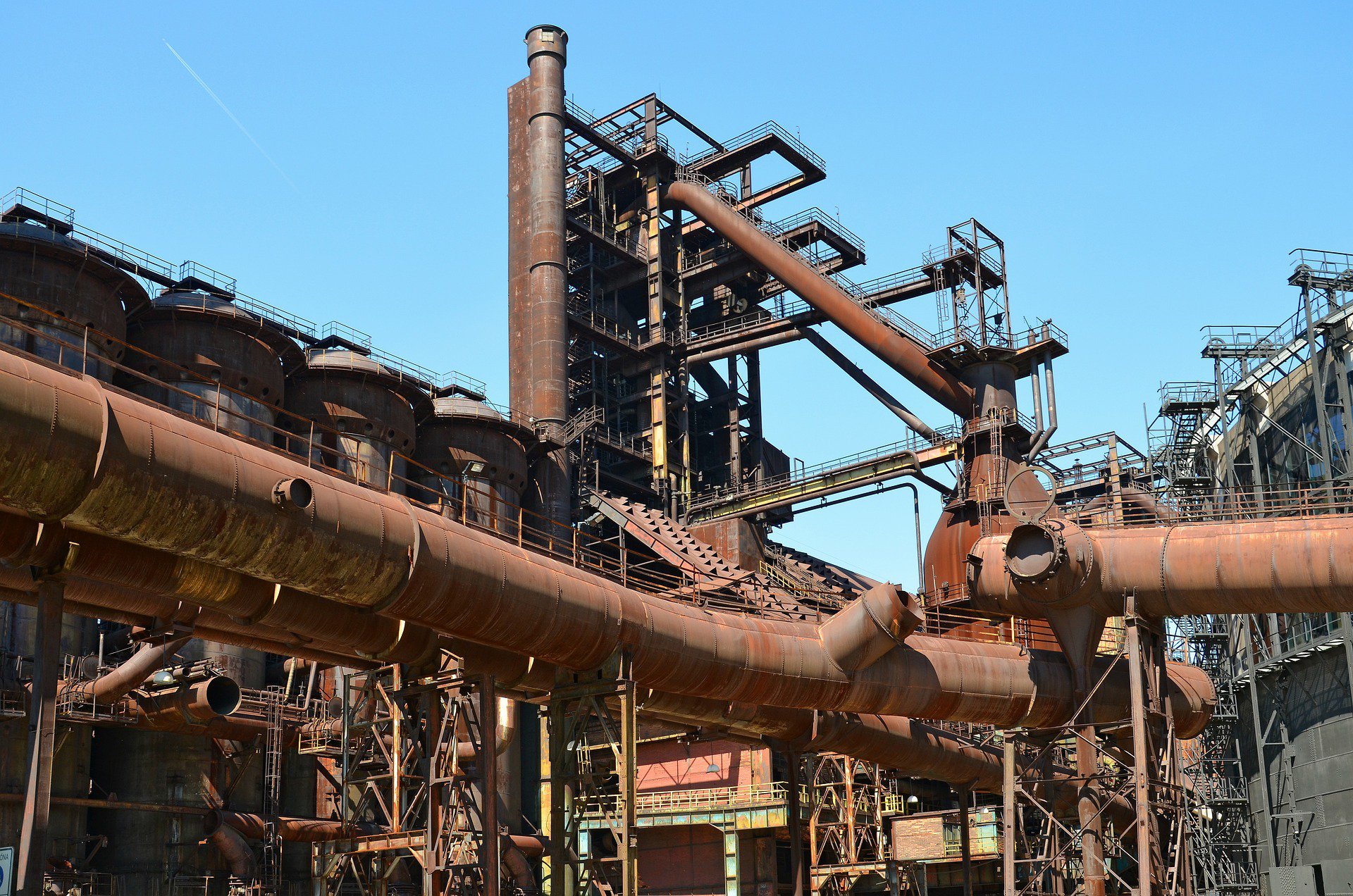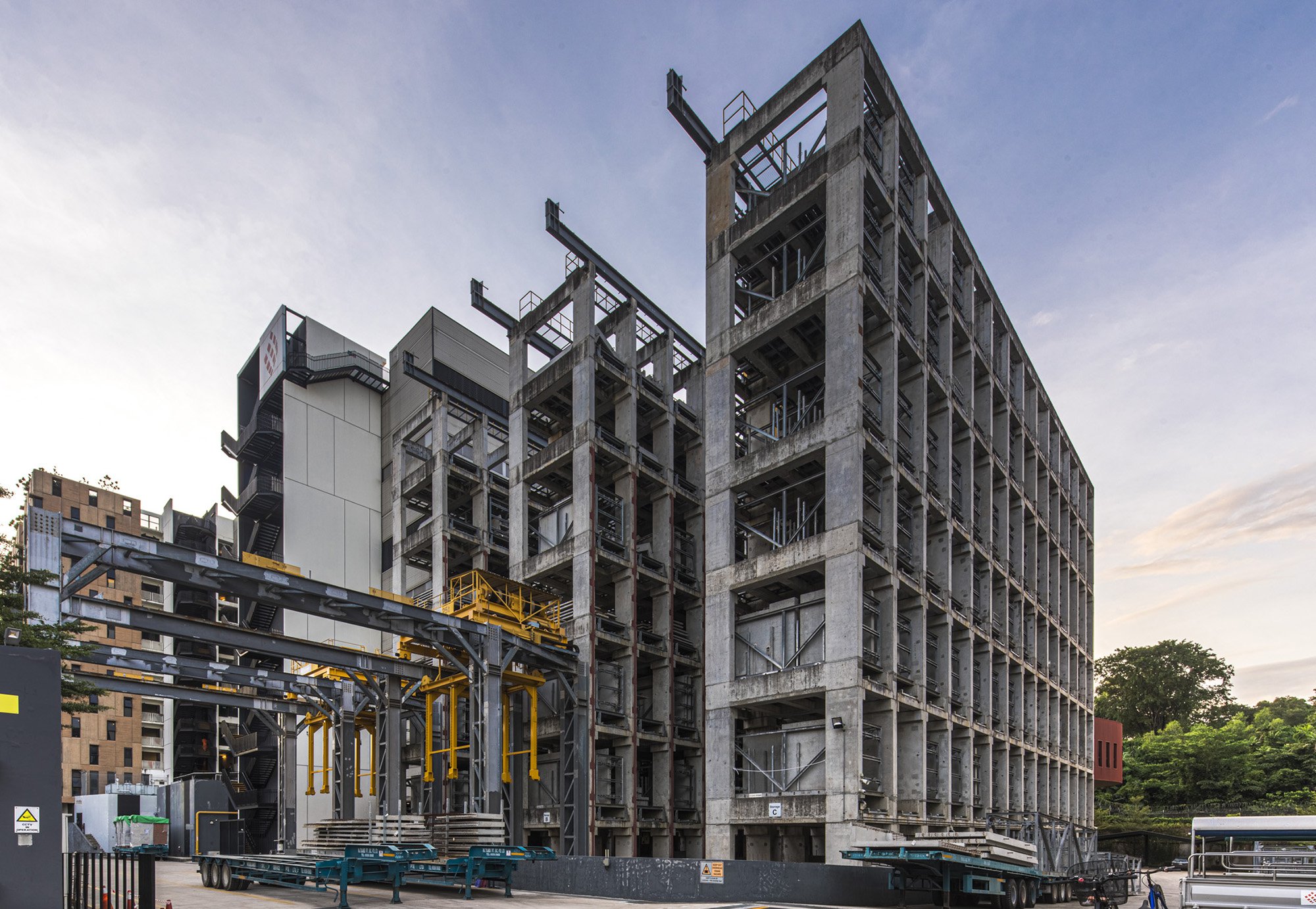
Future
Decarbonising the AEC Industry
February 21, 2023
A building’s life cycle has four different stages: the production stage, construction stage, use stage, and end-of-life stage. During the production stage, raw materials are extracted, transported and converted into construction materials. The extraction of natural resources impacts the availability of non-renewable resources. The manufacturing of construction materials requires a substantial amount of energy and is one of the biggest energy consumers at a global level.
The construction stage is when the building takes its form. This stage also demands considerable amounts of energy, material and labour resources. The energy utilised in these two stages is called embodied energy and is responsible for 11% of our total emissions.
The end-of-life stage of buildings is the demolition process. Pulling down buildings creates enormous quantities of bulk waste, which might be reused, recycled or landfilled. The demolition, transportation and landfill disposal release greenhouse gases into the environment.
Design methodologies such as building orientation, solar-passive design, and flexibility should be considered and executed. Retrofitting old buildings and adaptive reuse will help reduce the mining and production of additional materials. We should minimise the number of materials, and make sure they comprise as little carbon as possible.
New buildings should be built in a way that they can be dismantled, as opposed to being demolished; this can create a circular economy and encourage the reuse of construction materials.
Operational energy could be sourced from renewable sources like solar and wind. High-performing facades can ensure optimal energy requirements. These are some broad parameters that one can follow, and each can be further explored to handcraft solutions for the given context.
Various national and international agencies are working towards an eco-friendly future. The UN-Habitat has formulated 17 sustainable development goals to promote socially and environmentally sustainable towns and cities. Of these, goal 11 dwells on the topic of sustainable cities and communities.
Green building rating systems are a type of building certification that rewards performance with specific environmental goals and requirements. They broaden the focus beyond the product to consider the project holistically. They ensure an integrated design process to create resource-efficient projects throughout the building life –cycle, from conception to demolition.
The most applied international rating systems include LEED, WELL and BREEAM and BCA Green Mark in Singapore.

By digitising and integrating the different systems in the design process, we can work towards reducing our carbon footprint. Buildings are designed to be used for decades; it is, therefore, essential to construct them with the future in mind.
Global temperatures are slated to rise by about 1.5 degrees Celsius by 2050. This may lead to a series of catastrophes; the AEC industry must take steps to minimise and safeguard the population. Only a substantial reduction of global greenhouse gas emissions (including CO2) will limit the increase in global temperature.
Decarbonisation is the way forward, and we should all do our bit to transit into a carbon-neutral environment.